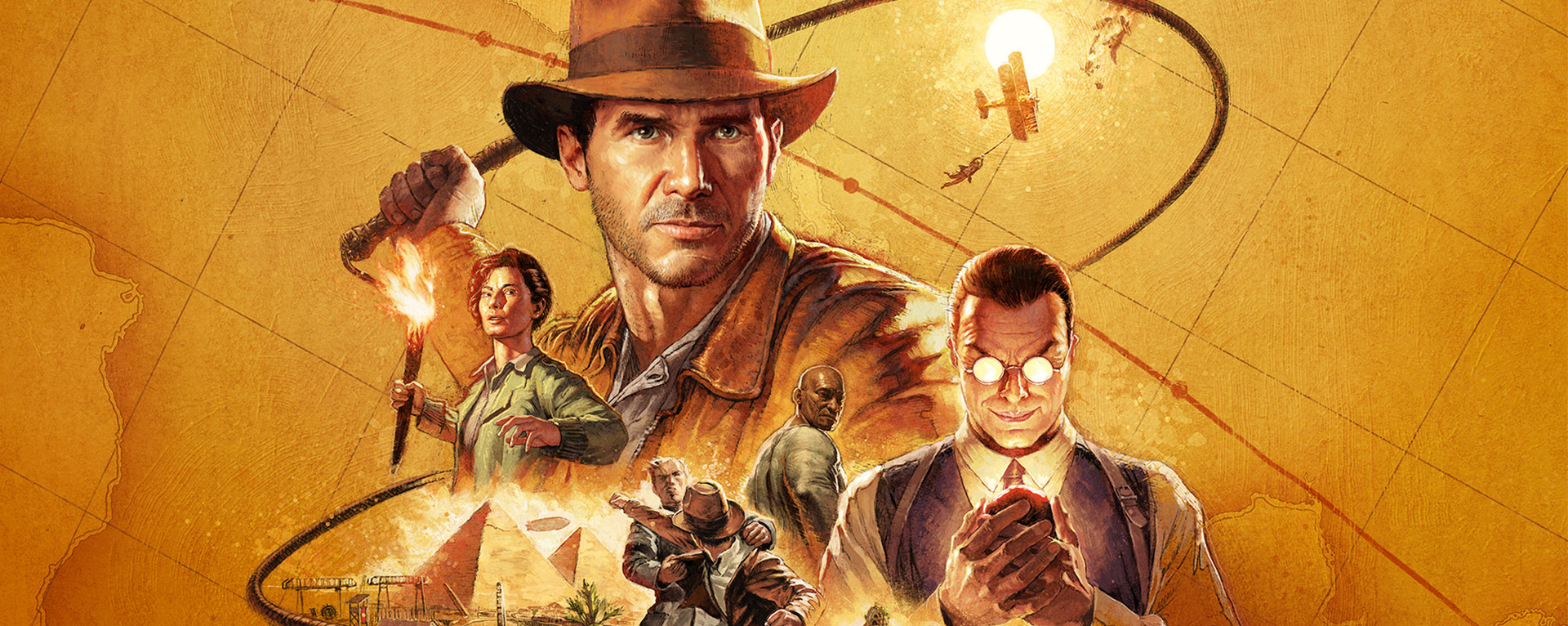First Look at Playing Indiana Jones and the Great Circle
Take a peek into the first-person gameplay experience of the new adventure coming to Xbox Series X|S consoles, PC, and Game Pass December 9.
Warning: This article contains spoilers about Indiana Jones and the Great Circle.
It’s all there: the fedora, the whip, the leather jacket, the trusted friends, the bitter enemies, the magnificent locales, and the alluring mystery. Only this time, when the moment comes for Indiana Jones to make his next move, the choice is yours. You alone must decide: what would Indiana Jones do?
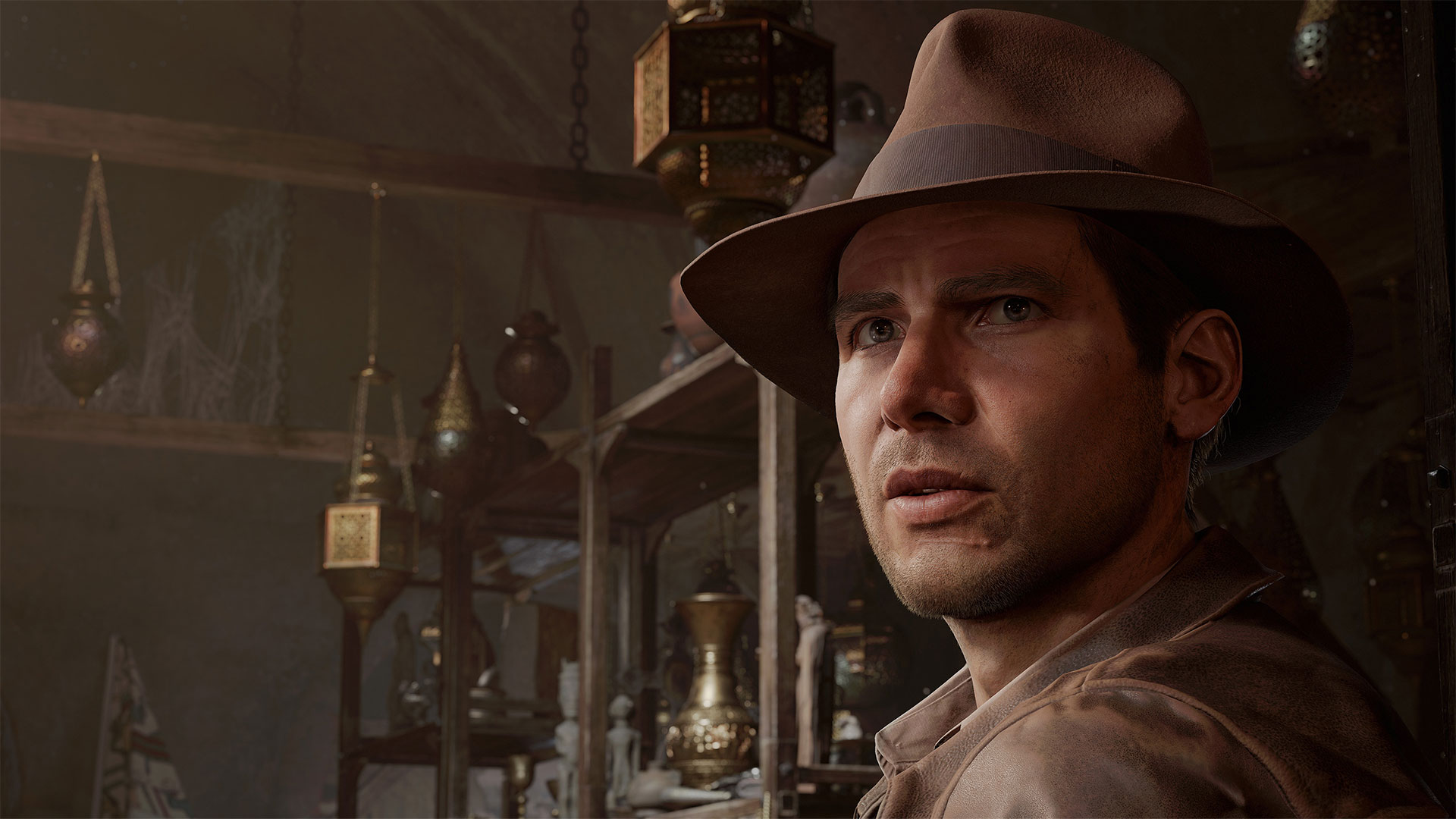
Earlier this month, press from the gaming world and representatives from the Indiana Jones fan community had the chance to be the first members of the public to play Indiana Jones and the Great Circle. As a writer on the Lucasfilm team, I was fortunate enough to snag a chair and take a spin at the keyboard as well. Not an experienced gamer myself, I was a little in over my head. But perhaps that’s appropriate, given Indy’s own penchant for making it up as he goes. So I approached the session primarily as an Indy fan, and to get straight to the point, I was thoroughly pleased.
During an introductory presentation with MachineGames’ Jens Andersson, the game designer explained how “our goal…is to put you in the shoes of Indiana Jones…. Every whip crack, every idol rescued, every enemy knocked down, you will all see that through Indy’s eyes.” They did just that, and what makes the experience most satisfying is the depth of its subjectivity.
There’s the physical sense of Indy’s character – the clothing, accessories, the fisticuffs. Going head to head with bad guys isn’t a one-dimensional experience. Some are tougher than others; some have additional weapons; and all the while, Indy gets tired. His vulnerability is a characteristic we love about Indy, and in The Great Circle, one feels this balance. There’s strength and self-confidence on the one hand and bewildering spontaneity on the other.
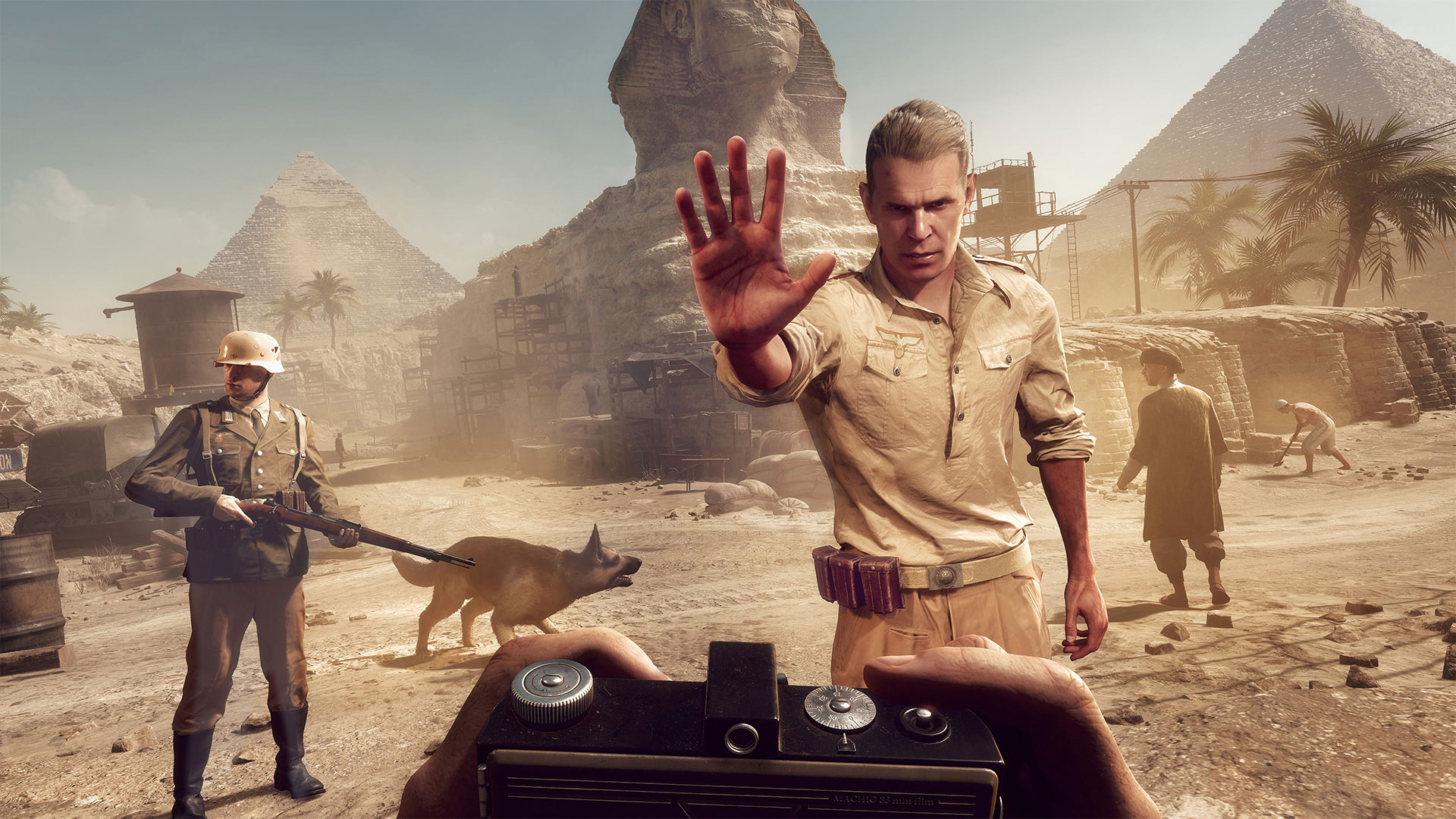
The gameplay maintains Indy’s emotional dynamic. He avoids conflict where he can, sneaking around the bad guys instead. Indy never loses his sense of humor, punctuated by a dry matter-of-factness (all carried wonderfully in this instance by actor Troy Baker). The player takes on both Indy’s worldliness and empathy. Climbing up the side of the Castel Sant’Angelo in Rome, Indy takes a moment to admire the stunning cityscape. While perusing the bazaar in an Egyptian village at Gizeh, he exchanges warm greetings with the locals (one can even share provisions like fresh fruit with them in exchange for other necessities).
But there’s more. Over the course of the story, one also feels Indy’s own lived experience. As a fan with a broad view of the character’s biography, this is an especially rich reward. A stand-out moment comes in Rome when the archaeologist manages to infiltrate the Castel and reunite with an old friend, a priest named Antonio. He greets Indy as “Henri,” which fans will recognize as Indy’s nom de guerre from the First World War seen in The Adventures of Young Indiana Jones (1992-96) television series. It’s implied that the pair had first met while Indy was serving in Italy, alluding to that greater context outside of the immediate game story.
It adds up to a feeling of authenticity. Walking around Gizeh and looking at the Great Pyramids, one might recall the story of nine-year-old Indy’s adventures there as almost a memory of their own. Standing in Indy’s office at Marshall College there are echoes of anxious students trying to ask the professor questions. And when Marcus Brody walks in and asks Indy why he hasn’t reached out to Marion Ravenwood since their recent separation, it drives the point home.
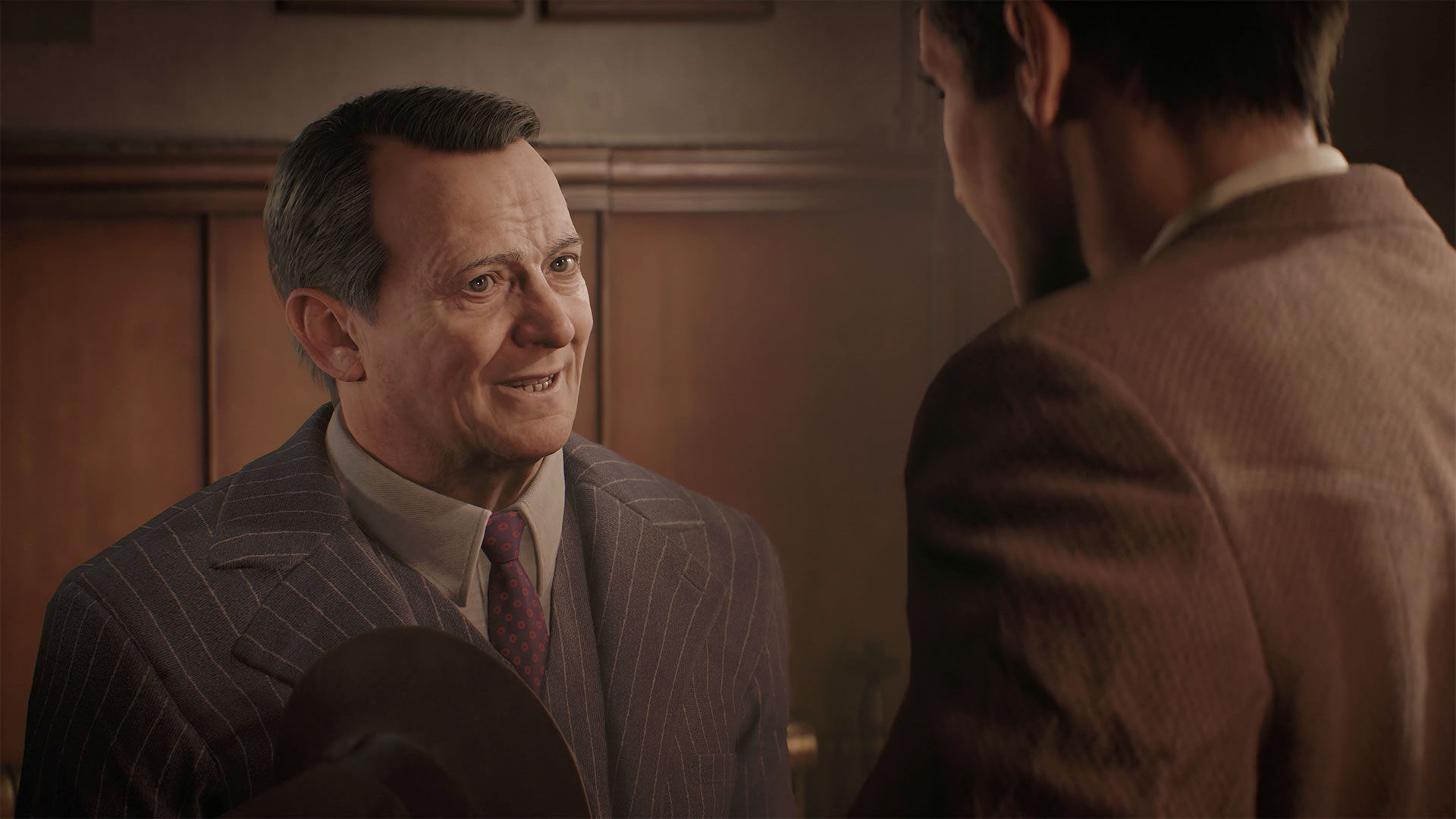
Early in the game, we learn the finer points of the story’s context. It’s 1937, between Indiana Jones and the Raiders of the Lost Ark (1981) and Indiana Jones and the Last Crusade (1989), and Marion has left. It seems that Indy has gone off on expeditions one too many times, neglecting their relationship and driving her to a point of emotional distress. Marcus pleads with Indy to reconnect, but the latter refuses and insists that he will continue to avoid the issue. What we as fans know is that Marion is already pregnant. Soon Henry Jones III (known later as Mutt) will be born, but Indy won’t learn of his own son’s existence for another 20 years in the story of Indiana Jones and the Kingdom of the Crystal Skull (2008).
The most powerful moment comes when Indy grabs his suitcase to pack for yet another trip overseas. Inside he finds a new journal. Indy doesn’t know where it came from, remembering that he hadn’t used the piece of luggage “since Cairo,” a reference to his time with Marion in Raiders. It appears that Marion had left the journal there as a gift. A note inside reads, “For your next adventure.” Indy pauses as he reads it, then the player is prompted to grab the note, only for Indy to crunch it up and throw it away.
The journal itself becomes an essential tool throughout the game, where Indy collects all manner of documents, maps, and photographs that provide clues and information (one can happily spend as much time simply ingesting all of this material as they can spend actually playing the game itself). But it’s the greater context – that the journal was a gift from Marion, now gone again – that makes the game so emotionally-charged for an Indy fan.
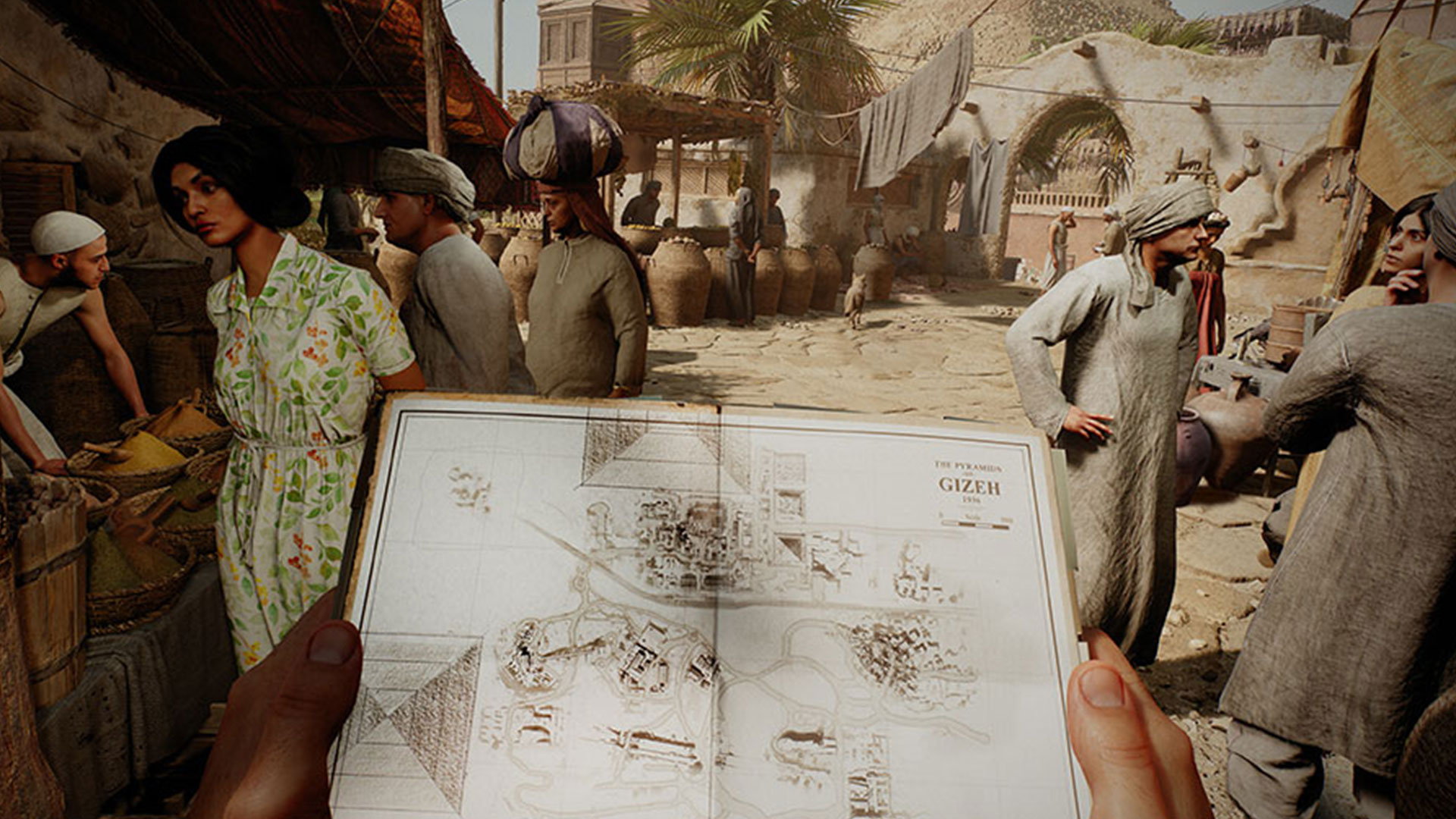
Details abound, and not just in the context of Indy’s own life. There are layers upon layers of history to be discovered in The Great Circle, from discoveries made inside ancient edifices to Marshall College exhibits complete with descriptive captions of each artifact. More than once, I realized I was falling behind in the allotted gameplay time because I was so preoccupied with reading about Egyptian treasures and historic anecdotes.
It all goes to say that Indiana Jones and the Great Circle gifts its players with hours of authentic experiences as Indy in his own world. It’s a worthy addition to the ranks of interactive adventures stretching back to The Last Crusade’s point-and-click adaptation and the beloved Indiana Jones and the Fate of Atlantis (1992). If you’re both an Indy fan and experienced gamer, you’re in for a unique treat, and if you’re a fan with little gaming know-how, consider taking these first steps and making it up as you go….
Lucas O. Seastrom is a writer and historian at Lucasfilm.
—
Lucasfilm | Timeless Stories. Innovative Storytelling.

